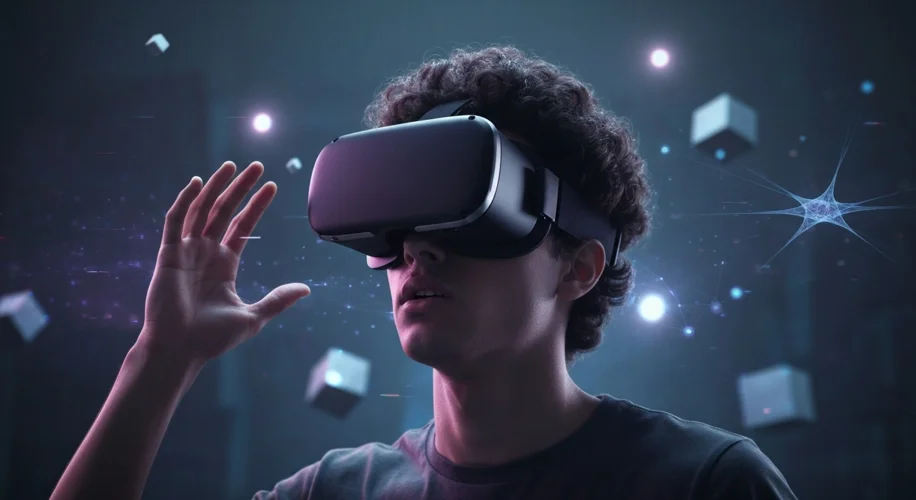Okay, so hear me out… Virtual Reality is pretty awesome. We’ve all seen the amazing experiences, the immersive games, the mind-blowing simulations. But let’s be real, not every VR trip is a good one. Sometimes, VR can be downright unsettling, and a lot of that comes down to two things: bad design and the creepy ways AI can mess with our heads.
I’ve spent a ton of time tinkering with VR, from intern days at a startup to building my own little projects. And yeah, I’ve definitely hit some VR walls that made me question reality (in a bad way).
When VR Goes Sideways
We’re not just talking about motion sickness here, though that’s a whole other beast. I’m talking about experiences that feel… off. Maybe the controls are so clunky they break the immersion. Or perhaps the virtual world itself is so poorly realized that it feels more like a glitchy screensaver than a new reality. Some VR apps, especially early ones or those made on a shoestring budget, can feel like a digital theme park with a broken rollercoaster.
Think about it: you strap on a headset, ready to be transported, and instead, you’re stuck staring at a low-resolution texture or navigating a world that makes no sense. It’s less “wow” and more “why?” This kind of poor execution doesn’t just disappoint; it can actually make you feel a bit… off. Like your brain is telling you something isn’t right, but you can’t quite put your finger on it.
AI: The Unseen Guest in Your VR Headset
Now, let’s add AI into the mix. This is where things can get a bit more complex, and honestly, a little unsettling. AI is powering more and more of our virtual experiences, from smarter NPCs to personalized environments.
But what happens when AI makes VR feel too real, or worse, when it starts to feel manipulative? Imagine an AI designed to learn your deepest fears and then subtly incorporate them into your virtual world. Or an AI that’s constantly monitoring your reactions to gather data, making you feel like you’re in a digital Truman Show.
This brings up some big questions about privacy. The data collected in VR can be incredibly intimate – your gaze patterns, your physical reactions, even your voice inflections. When AI is the one analyzing this data, who do you trust? How do you know your virtual experiences aren’t being used in ways you didn’t consent to?
There’s also the trust factor. If an AI in VR is designed to be overly persuasive, or if it starts mimicking people you know in ways that feel uncanny, it can erode your sense of reality and trust in the technology itself. It’s like having a digital stranger whispering in your virtual ear.
Navigating the Unsettling
It’s not all doom and gloom, though. The potential for AI to enhance VR is massive. But as users, and especially as enthusiasts, we need to be aware of these potential downsides. We need to advocate for transparent AI practices and for VR experiences that prioritize user well-being over data collection.
So, while I’m still super hyped about what VR can do, I also think it’s important to talk about the times it misses the mark. Because understanding the uncomfortable moments is how we push for better, more ethical, and ultimately, more enjoyable virtual realities for everyone.
What are some of your weirdest or most unsettling VR experiences? Drop them in the comments below!

